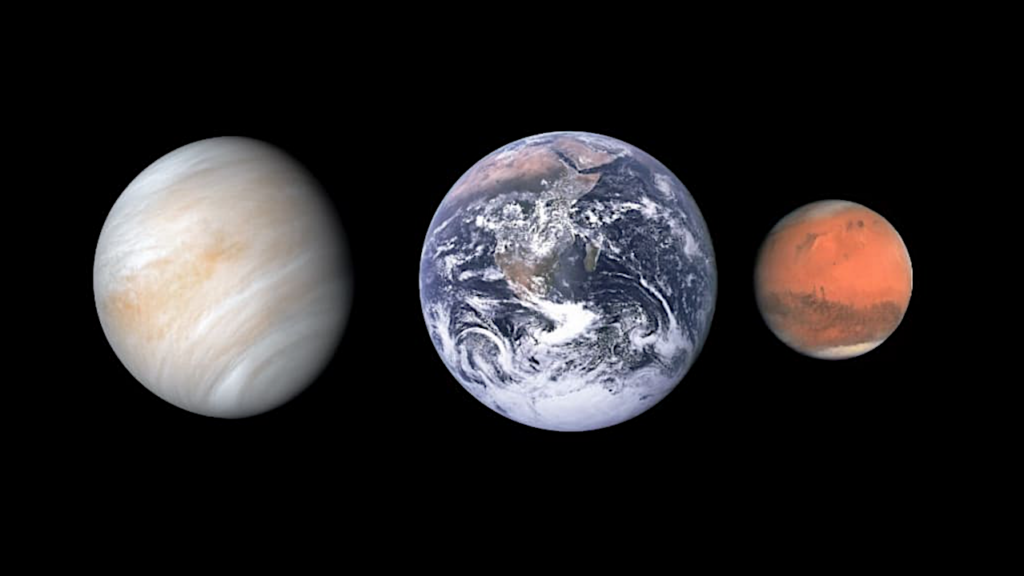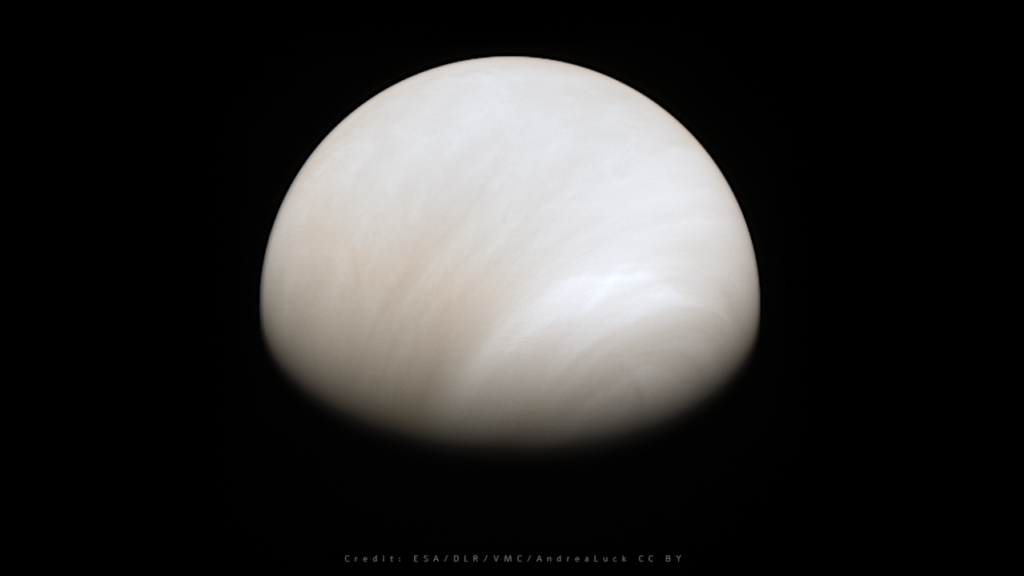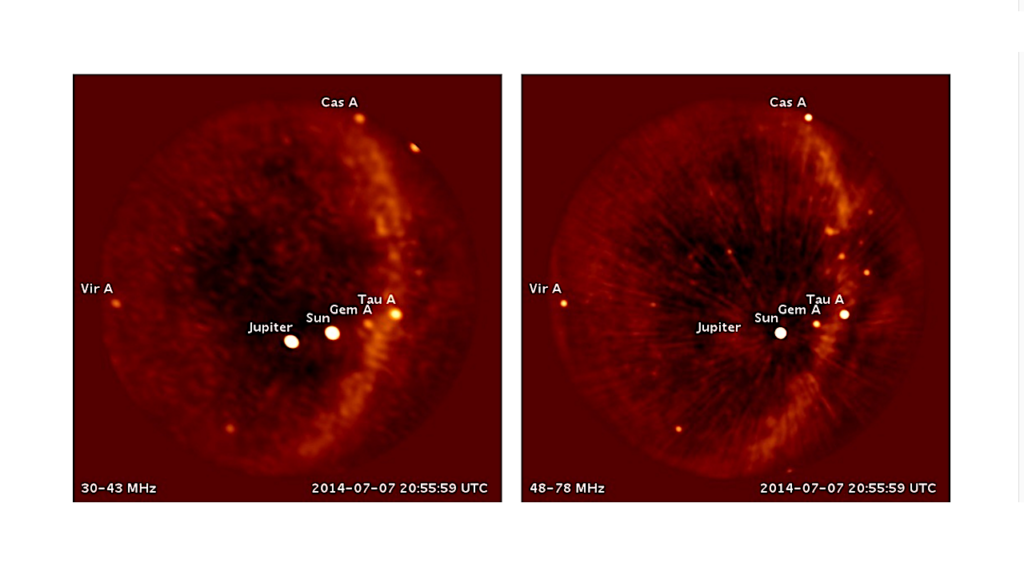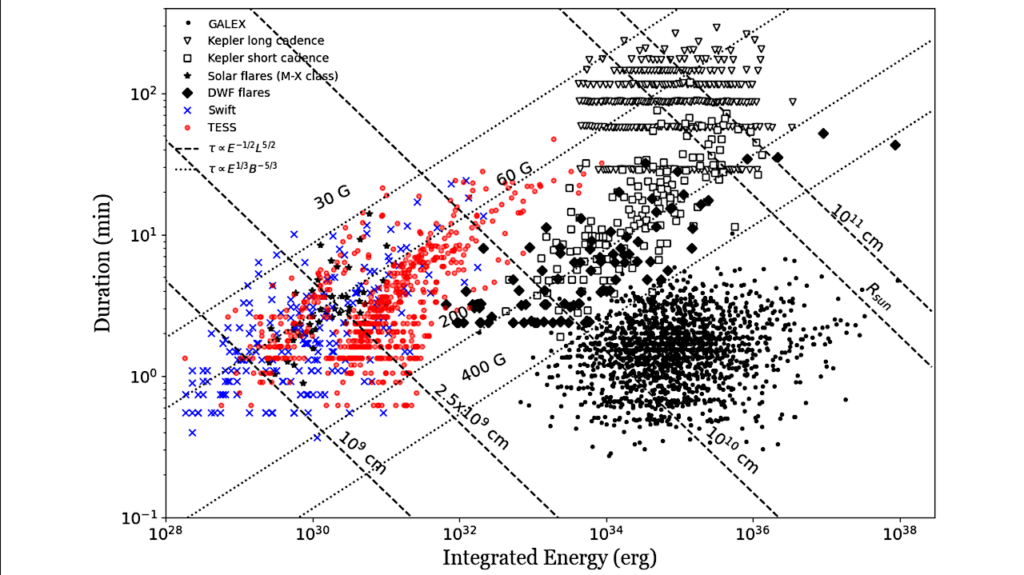Habitability Is A Continuous Property Of Nature

In their recent comment, Cockell et al. argue that the habitability of an environment is fundamentally a binary property; that is to say, an environment can either support the metabolic processes of a given organism or not.
The habitability of different environments, they argue, may have different degrees that could be determined at least in theory by answering the question: ‘is this environment habitable to a given organism?’ ‘More’ or ‘less’ habitable environments could then be related by the number of yes or no answers given to what is fundamentally a series of binary questions and decisions. In my opinion, there are at least three implicit assumptions made for this line of reasoning that are implausible and that sabotage the conclusions.
The first is in the genetic diversity of the organisms, which I argue is fundamentally continuous in nature and a binary construction of the sample is not meaningful. The second misconception is in the assumption that an ecosystem can be decomposed into subsets of independent samples. The third problem is in the definition of an environment. The question of the environment is a continuous one in both space and time and thus any concept constructed to be applicable to a sample of environments must be continuous as well.
In summary, the question of whether habitability is a binary quantity or not brings us back to the question of whether our concepts of life and of the environments that life thrives in (or not) are binary or non-binary. I argue that the latter is the case, and hence any modern concept of habitability must be continuous too.
René Heller (Max Planck Institute for Solar System Research, Göttingen, Germany)
(Submitted on 14 Apr 2020)
Comments: 1 col. figure
Subjects: Popular Physics (physics.pop-ph); Earth and Planetary Astrophysics (astro-ph.EP); Biological Physics (physics.bio-ph)
Journal reference: Nature Astronomy, 2020, Vol. 4, Issue 4, pp. 294-295
DOI: 10.1038/s41550-020-1063-x
Cite as: arXiv:2004.06470 [physics.pop-ph] (or arXiv:2004.06470v1 [physics.pop-ph] for this version)
Submission history
From: René Heller
[v1] Tue, 14 Apr 2020 13:18:59 UTC (3,161 KB)
https://arxiv.org/abs/2004.06470
Astrobiology








